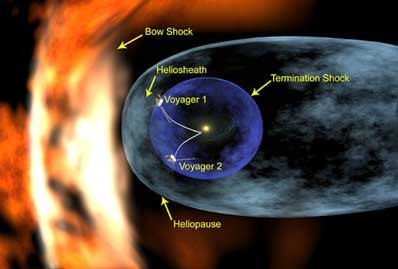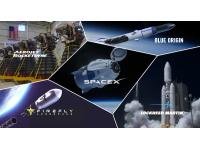The Voyager Program stands as a testament to human curiosity and engineering prowess, representing one of the most ambitious and successful space exploration initiatives in history. Launched by NASA in the late 1970s, the twin spacecraft, Voyager 1 and Voyager 2, embarked on a remarkable journey to explore the outer reaches of our solar system and beyond. This article delves into the history, objectives, key discoveries, and the ongoing legacy of the Voyager Program.

History and Objectives:
-
Launches (1977): The Voyager Program was officially launched with the missions of Voyager 1 and Voyager 2 in 1977. Their primary objectives included studying the outer planets of our solar system—Jupiter, Saturn, Uranus, and Neptune—by conducting flybys to gather data on their atmospheres, moons, and magnetic fields.
-
Grand Tour Design: The trajectory of the Voyager spacecraft was carefully planned to take advantage of a rare alignment of the outer planets that occurs only once every 175 years. This alignment allowed for a "Grand Tour" of the outer planets, optimizing fuel efficiency and providing an unprecedented opportunity for scientific observations.
Key Milestones and Discoveries:
-
Jupiter Encounter (1979):
- Voyager 1 approached Jupiter in March 1979, followed by Voyager 2 in July of the same year.
- Key discoveries included the intricate cloud patterns on Jupiter, the Great Red Spot's dynamic nature, and the presence of active volcanoes on its moon, Io.
-
Saturn Encounter (1980-1981):
- Voyager 1 reached Saturn in November 1980, capturing stunning images of the ringed planet and its diverse moons.
- Voyager 2 followed, discovering new moons and gathering valuable data on Saturn's rings and magnetic field.
-
Uranus and Neptune Flybys (1986 and 1989):
- Voyager 2 continued its journey, making historic flybys of Uranus in 1986 and Neptune in 1989.
- These encounters provided the first close-up views of these distant ice giant planets, revealing new moons, ring systems, and atmospheric details.
Legacy and Ongoing Contributions:
-
Interstellar Space (Voyager 1):
- After completing its primary mission, Voyager 1 continued its trajectory beyond the outer planets into interstellar space.
- In 2012, it became the first human-made object to enter the interstellar medium, marking a historic milestone in space exploration.
-
Golden Record:
- Both Voyager spacecraft carry a "Golden Record" containing sounds and images representing Earth's diversity. This serves as a message to any potential extraterrestrial civilizations that might encounter the spacecraft.

The Voyager Program remains an unparalleled achievement in the exploration of our solar system. The data and images returned by the Voyager spacecraft have reshaped our understanding of the outer planets, their moons, and the vastness of space. As Voyager 1 continues its journey into interstellar space and both spacecraft serve as ambassadors of Earth, their enduring legacy exemplifies the human spirit of curiosity and the boundless possibilities of space exploration.







